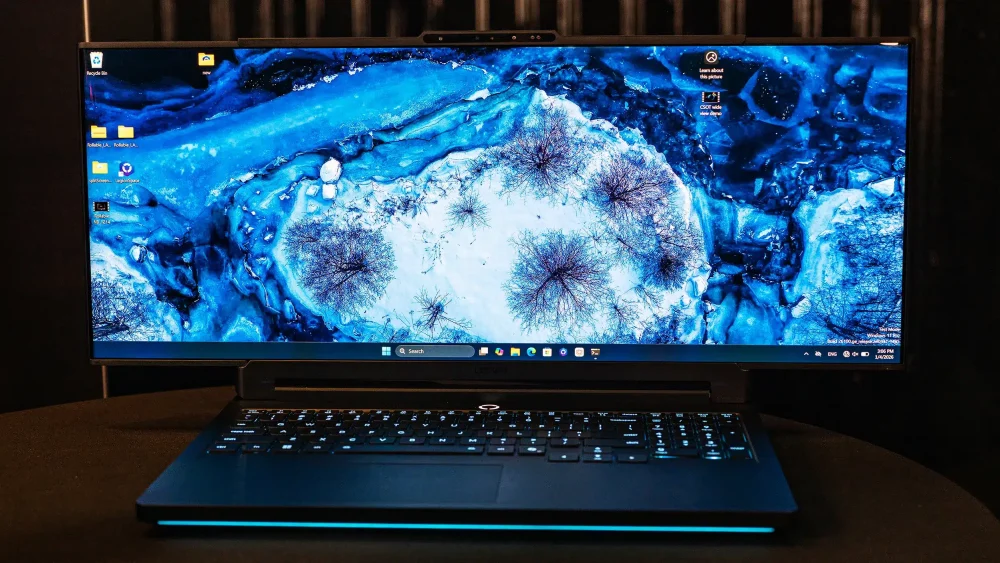NVIDIA has quietly rolled out the GeForce RTX 5090D V2 exclusively in China, launching it at the same ¥16,499 (~US$2,295) MSRP as the previous RTX 5090 D. This updated variant retains the powerhouse Blackwell‑based GB202 GPU with all 21,760 CUDA cores and a 575 W TGP, but slashes memory capacity and bandwidth—now offering 24 GB of GDDR7 on a 384‑bit bus, down from 32 GB on 512‑bit.
This move appears designed to align with tighter U.S. export controls. The reduced memory configuration ensures the card stays legally compliant while technically still qualifying as a high-end gaming GPU for China.
Benchmarks from Expreview show that in pure gaming scenarios—including synthetic tests like 3DMark—performance is virtually unchanged, with only a 1–2% drop at most. Still, for productivity and AI workloads, the trimmed-down memory tells a different story: Blender renders can be up to ~19% slower, V‑Ray CUDA performance is roughly 7.5% down, and RTX‑accelerated tasks up to ~25% slower.
Additionally, AI-centric metrics show a performance drop of around 10% in inference tests, such as those involving LLaMA models.
Technical data also reveals a fall in theoretical AI throughput—AI TOPS are capped at 2,375, compared with 3,352 on the full RTX 5090—likely due to disabled memory channels and fewer physical chips on the board.
The RTX 5090D V2 keeps the raw compute core intact but tightens the memory pipes in a bid to navigate export regulations. Gamers in China can expect nearly identical performance at 4K, but workloads that rely on abundant VRAM—especially in AI or rendering—will be noticeably hampered.


